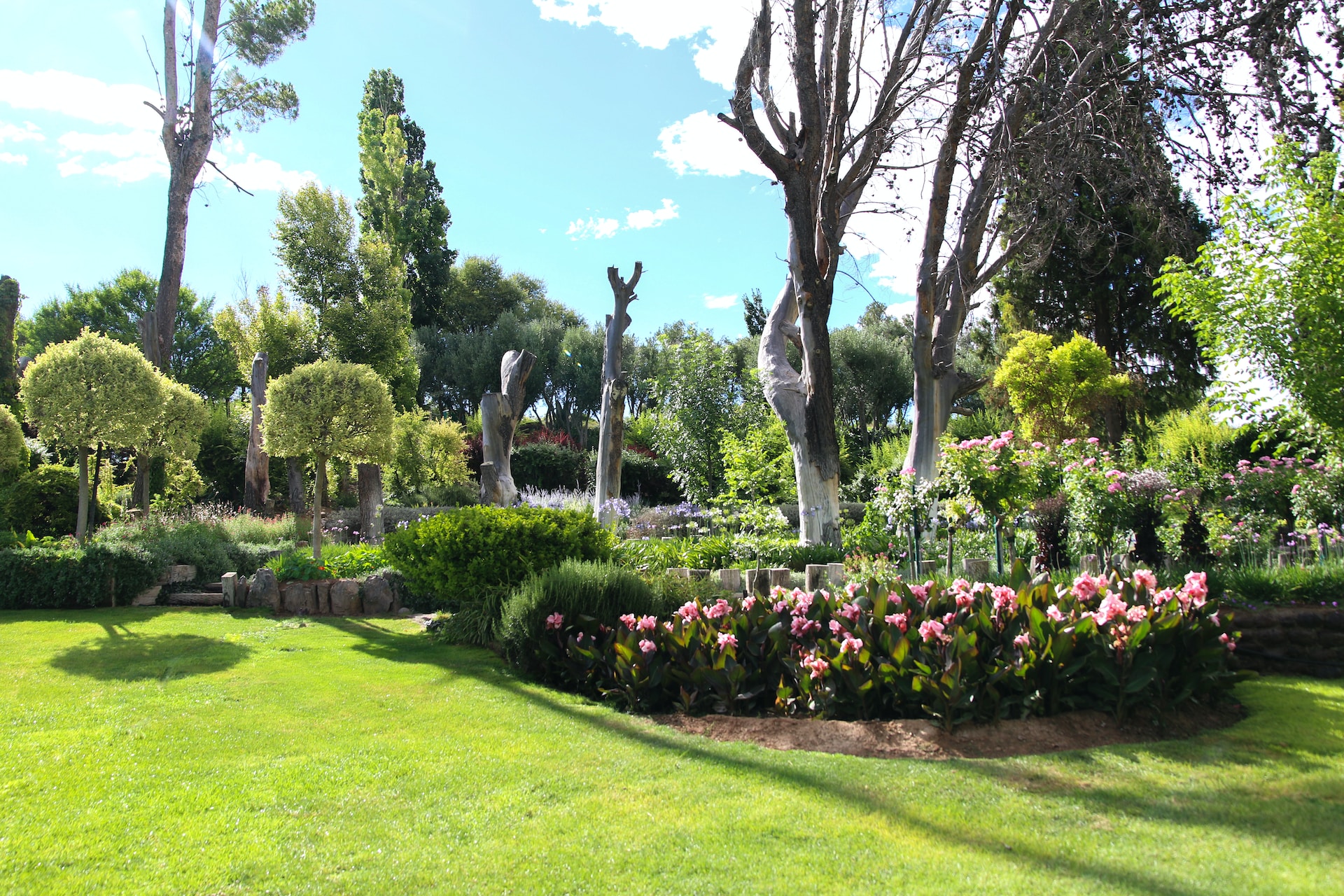
The Role of a Landscape Architect in Sustainable Design
Landscape architects use their artistic and problem-solving skills to design and create beautiful, functional outdoor spaces. They work with their clients to develop a project’s overall vision and ensure it meets their goals.
They are also responsible for ensuring the safety and health of the public. They use their knowledge of plant biology and environmental laws and regulations to design green space that promotes sustainability and biodiversity.
Environmental Impact
A well-designed and constructed landscaping design can have a positive impact on the environment. It is regenerative, sequesters carbon, restores habitats, cleans water and air, and can significantly develop healthy communities.
The environmental impact of a well-planned and constructed landscape can also be positive for individuals who live near these designs. A green space helps reduce air pollution and provides a safe place to relax and unwind.
Plants also help remove toxins from the air and improve indoor health by helping control carbon dioxide levels. This can also lead to a reduction in stress and depression.
Like the Palo Alto landscape architect, many landscaping contractors incorporate sustainability principles into their management and hardscaping practices. They aim to cultivate healthier plant ecosystems, maximize energy efficiency and minimize the use of resources like water and land.
For example, the American Society of Landscape Architects estimates that properly installed plants can save homeowners up to 50% of their summer heating and air conditioning costs. In addition, native landscaping choices can also help to reduce the need for irrigation.
Landscape architects use design and planning principles to create environments encourage people to make sustainable lifestyle choices. These environments can range from a small pocket park to a rooftop garden.
Climate Change
The climate is changing rapidly, and scientific experts have a growing consensus that it will significantly impact human and natural ecosystems on a spatial and temporal scale.
Landscape architects are an essential part of the solution. They plan and design dense, walkable communities that reduce emissions from transportation and sprawl and make the built environment more energy and carbon efficient through strategies such as green roofs, water-efficient design, and sustainable materials and construction practices. They also defend and expand carbon-sequestering landscapes such as forests, wetlands, and grasslands.
Managing these landscapes in ways that increase their absorbent capacity can help reduce flooding from stormwater runoff, especially in urban areas. They can also promote using green infrastructure, such as bioswales, that manage stormwater and reduce runoff.
As a result, there is an increased need for landscape professionals to be aware of the impacts of climate change and how they can engage in this area of work. The first step in doing so is to learn to recognize climate change in the landscape.
The second step is to integrate landscape into behavior change and climate action. This involves understanding the role and potential of landscape as a tool for educating the public and providing an opportunity for landscape practitioners to develop their skills in this area.
Regeneration of Degraded Areas
Renewing degraded areas is one of the most critical sustainable design tools. This approach protects natural resources by restoring soil, water, and biodiversity.
In many regions, land degradation results from erratic rainfall patterns, long periods of drought and a lack of policy support.
A key challenge is to find a way to regenerate areas without causing further destruction and to do so in an ecologically healthy manner. To achieve this, landscape architects can adopt nature-based solutions, such as assisted natural regeneration (ANR), that reduce the environmental impact of land use while also providing benefits to local people.
Regeneration works better in areas not heavily degraded and where intensive farming and overgrazing have not compacted the soil. In these situations, landscape architects’ recourse to planting and forest techniques create new forests and sequester carbon.
Human Health
While energy, carbon, water, waste and materials have dominated the sustainable design conversation in the past, a new focus on the human experience is emerging. Elevating design to prioritize the three primary metrics of human scale — individual, co-worker and community – creates a unique and fresh perspective that improves the environment, behavior and health.
Landscape designers create spaces where occupants can interact with nature and integrate natural elements into buildings to provide a biophilic environment. For example, green walls in indoor spaces recycle carbon dioxide into the fresh air and increase worker productivity by reducing stress and improving mood.
Several studies have shown that green buildings influence human health at two critical levels: directly through optimization of indoor environmental quality and indirectly through reductions in air pollution that cause premature death, cardiovascular disease, asthma and other adverse health impacts [26*]. Additionally, research suggests that green buildings reduce allergic sensitivity by increasing air ventilation and decreasing exposure to cockroach and mouse allergens [49*], compared with non-green building designs.
Some healthcare facilities are now incorporating landscape design and other sustainable features to improve the overall health of their patients, staff and guests. Among those designing these facilities are the world’s best landscape architects. These professionals are responsible for enhancing the human experience while balancing environmental impact with social responsibility and financial sustainability.
